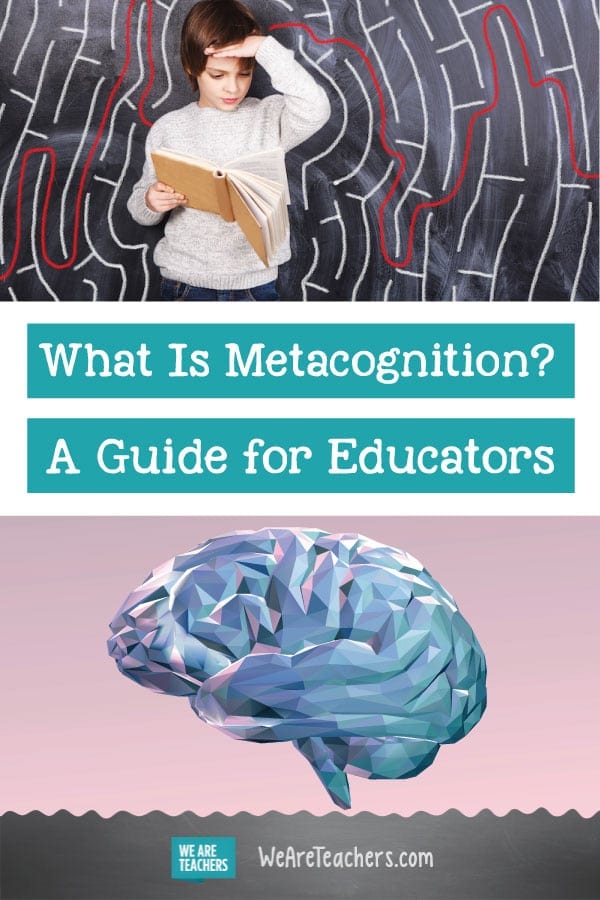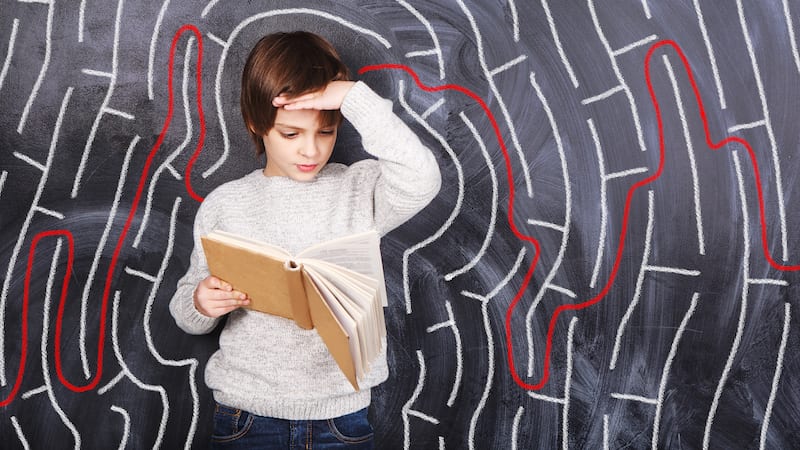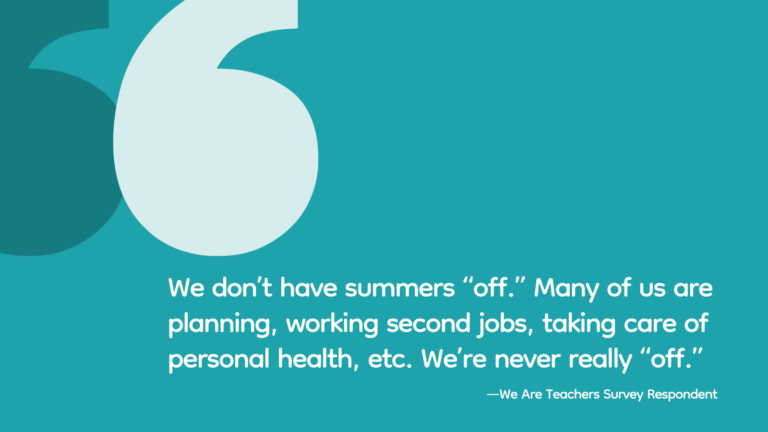When was the last time you reflected on your intellectual growth? When was the last time you stretched it further? Paying attention to how you think and how your thinking affects how you learn enhances both self-awareness and brainpower. This “thinking about thinking” is called metacognition, and it’s a skill teachers can introduce to students at a very young age.
What is metacognition?
Philosophers have been thinking about thinking for centuries, but three psychologists—William James, Jean Piaget, and Lev Vygotsky—examined the role of metacognition in modern education. Each studied it from a different angle: James concentrated on the distinctively human ability to look inward; Piaget focused on metacognition as it applies to reasoning; and Vygotsky connected it more broadly with consciousness. “All three,” however, “underscored the value of metacognition for intellectual growth.”
To understand what you think, you need to understand what you know, which leads to what you don’t know. In the classroom, this is where the metacognitive “path to understanding” begins.
Why is metacognition important?
Marilyn Price-Mitchell, PhD, says that metacognition helps children “make greater sense of their life experiences and start achieving at higher levels.” That’s a pretty huge benefit. But before discussing how to teach it, we need to understand how it works.
Metacognition involves five key thinking practices, or what I used to describe to my high school students as “good habits of mind.” They include:
- Planning and goal setting
- Continual monitoring of progress
- Identifying what you know
- Identifying what you don’t know
- Adapting as necessary
These habits make learning about so much more than the basic memorization of facts and definitions; they help integrate new knowledge into what students already understand about the world. When kids feel the rewards of making genuine connections between facts, definitions, and concepts, learning is a lot more fun. And when learning is fun, it’s easier to retain.
“Young people become more self-reliant, flexible, and productive,” says Price-Mitchell, “when teachers cultivate students’ abilities to reflect on, monitor, and evaluate their learning strategies.”
In other words, you’re teaching a child to step back and notice her strengths and weaknesses and how those strengths and weaknesses affect her performance. It’s like course correction for the mind, and it shows kids that their brains, like their bodies, are growing all the time. Metacognition helps them grow positively, and proactively.
The Centre for Innovation and Excellence in Learning agrees: “Students aren’t going to learn how to be good learners unless we engage them in activities and discussions about how they perceive themselves as learners.”
How to apply metacognition in the classroom
When teaching metacognitively, the goal is for students to learn a new concept, retain it, and then apply what they learned to new circumstances. You’re essentially creating “an environment where students feel comfortable attempting new feats,” says John Mendes, EdD.
Consider the following sequence of exercises and keep in mind that metacognitive strategies occur during learning.
1. What don’t you know?
Perhaps the single most important thing for children to learn about learning is that it’s okay not to know things. That’s why we go to school in the first place. Learning is what living is all about. And confusion is a big part of learning. It’s important for kids to get comfortable with this idea.
Ask your students to make a list of things they know about the solar system, for example, as well as a list of things they don’t know. They’ll be excited to share the knowledge they bring to the table, and that excitement will prepare them to investigate the gaps in their knowledge.
2. Make learning visible.
Concept mapping develops logical thinking by literally showing relationships between ideas, images, or words. This is where the lightbulbs start flashing around the room because kids begin to see how isolated ideas relate to the big picture.
Every concept map begins with a focus question, which serves as the trunk of the concept tree (or the beak of the concept octopus or the hub of the concept wheel … you get the idea). Key concepts associated with that question become the branches, further refined ideas and observations become the leaves, and so on.
To get started, do your first concept map as a group so your students can brainstorm collectively. For some helpful visuals, visit Kathy Schrock’s Guide to Everything or run a Google image search.
3. Use reflection as a measuring tool.
After you’ve completed a unit of study, ask your students to make then-and-now charts with one side labeled “Before we studied …” and the other side labeled “After we studied … .” In the Before column, have them write everything they thought was true, and in the After column, have them write what they now know to be true.
With this activity, kids are visibly reinforcing the cognitive journey they’ve just traveled. They are thinking about the thinking they’ve done and seeing where it’s brought them.
In an article for the Brookings blog, David Owen and Alvin Vista outline a feedback tool called Exit Tickets for use at the end of each lesson. Modeled after traffic lights, red prompts students to explain where their learning got held up. Yellow invites different or unexpected questions, ideas, and perspectives. Green signifies new learning.
Hint: Pay close attention to the yellow light. That’s where students are reflecting on how they learned—or the act of learning itself—instead of on what they learned.
For older kids, journals are great for reflection. In addition to being safe spaces for analyzing their learning strategies and assessing performance, they also invite students to plan for future learning experiences. “With this,” says Mendes, “students are taking accountability for their ‘own’ learning and developing into lifelong learners.”
4. Bookend activities with helpful reminders.
The other day while volunteering in my kindergartener’s class, I noticed how his teacher prepared the students for story circle. “As I read this book,” she said, “I’d like you to listen for some facts that you already know about platypuses. I’d also like you to listen for some facts that are new to you. Then we’ll talk about them after.”
Using this simple, tactical method, she was cueing up the class for active listening, while also preparing them for a follow-up discussion. This worked so well that the kids opted to spend extra time sharing all the platypus facts they had learned.
These kinds of prompts are effective at any age and can be easily adapted to mirror the complexity of the material.
5. Facilitate dialogue that challenges biases.
Prejudice interferes with learning. If metacognition is learning how to learn, then it needs to address the personal and social biases we naturally develop over time. The process is called reflexive thinking, or reflexivity; it trains a reflex into the brain to, first, be aware of one’s own biases and, then, to use critical thinking to challenge them and consider other perspectives.
Don’t miss the opportunity to model healthy reflexive thinking! Perhaps you have a story about an experience that helped you recognize your biases and how you adapted your thinking as a result. Share it. When you do this, you’re showing metacognition in action and helping your students see that everyone’s thinking evolves over time—even the thinking of teachers.
Is this thing working?
How do you know whether you’ve successfully fostered metacognition in your classroom? Instead of peppering you with countless questions about a new topic, your students will start asking themselves.
Resources for learning more about metacognition
- Activities for Metacognition – DePaul Teaching Commons
- Smithsonian Science Education Center YouTube Channel
- Metacognition in the Primary Classroom, by Peter Tarrant and Deborah Holt
- Vanderbilt University Center for Teaching – Metacognition
- The Compass Advantage – applying the principles of positive youth development
Come and share your strategies and questions for nurturing metacognition in our WeAreTeachers HELPLINE group on Facebook.
Plus, check out some of the other articles in this series:
- What is differentiation?
- A definition of guided reading and how to use it in the classroom
- What is classroom management?
- What is STEM?


